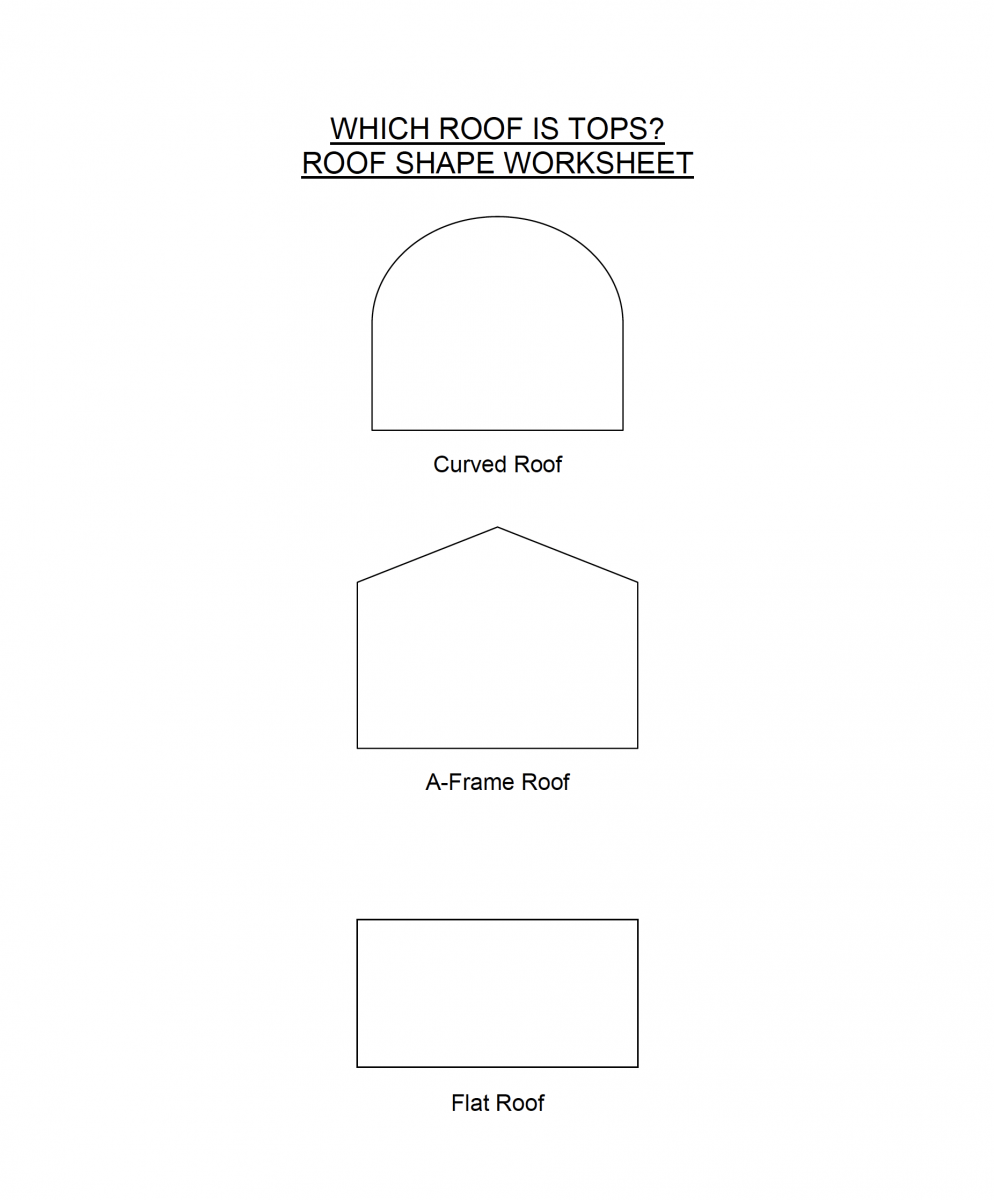Snowy Roofs
Learning Objectives
Students will investigate structures that are built for a specific purpose to see how their design suits the purpose.
Associated Curriculum Topic
Materials, Objects, and Everyday Structures
Materials List
- 3 shoeboxes or similar containers
- 1 poster board
- 1 newspaper
- About 2 cups of flour
- Flour sifter or sieve (optional)
Introduction/Motivation
What shape is the roof on your house? What is the climate where you live? Can you think of reasons why the climate would influence the shape of your roof? Imagine you lived in an area that received a lot of snow. A major issue that architects and engineers must think about is snow building up on a roof. If the roof is not strong enough, the weight of the snow may cause the roof to cave in. As an engineer designing a roof in a snowy climate, what roof shapes would you consider to prevent snow from building up on the roof? What types of materials would you use to build your roof to help prevent snow from sticking to the roof?
Procedure
Preparation
Cut away one end of the box so that students can view the effects of a snow load. Use poster board to make three different types of roofs, one for each shoe box; curved, A-frame, and flat. Using a single piece of masking tape, tape each edge of the roof to the open top of the shoebox. Place newspaper under the testing station to catch any loose flour. You may want to place a cookie sheet under the box so that loose flour can be used in the next test. Obtain flour and containers to hold about 2 cups of flour. A flour sieve would be a nice tool to have available. Gather picture of different types of roof to show the class.
With Students
Show the class picture of different styles of roofs, talk with the students about what types of climates these roofs might be found in. What characteristics make a roof ok for a given climate?
Show the class the example roofs that you created, explain to them that the flour will represent snow and have them make predictions as to which roof would be best for a snowy climate?
Slowly sprinkle "snow" onto the center of the roof. Keep watching the roof through the open end of the box.
Have the students make observations as the snow is applied to the roof.
Caution: To avoid a flour storm carefully lift the roof and gently tap the bottom so that the flour falls into the shoe box. Pour the flour from the shoe box into a container to be used for the next test.
Investigating Questions
- Predict which types of roofs will cave in to snow the easiest. Why?
- Does the "snow" pile up or slide off?
- Which roofs sag? What does the sagging mean?
- Which roofs fall down? Do they fall slowly or all at once?
- In addition to snow loads, what other things should we worry about?
- Which roof would you choose if you lived in a snowy area? A windy area? Rainy?
Adapted from Teach Engineering
